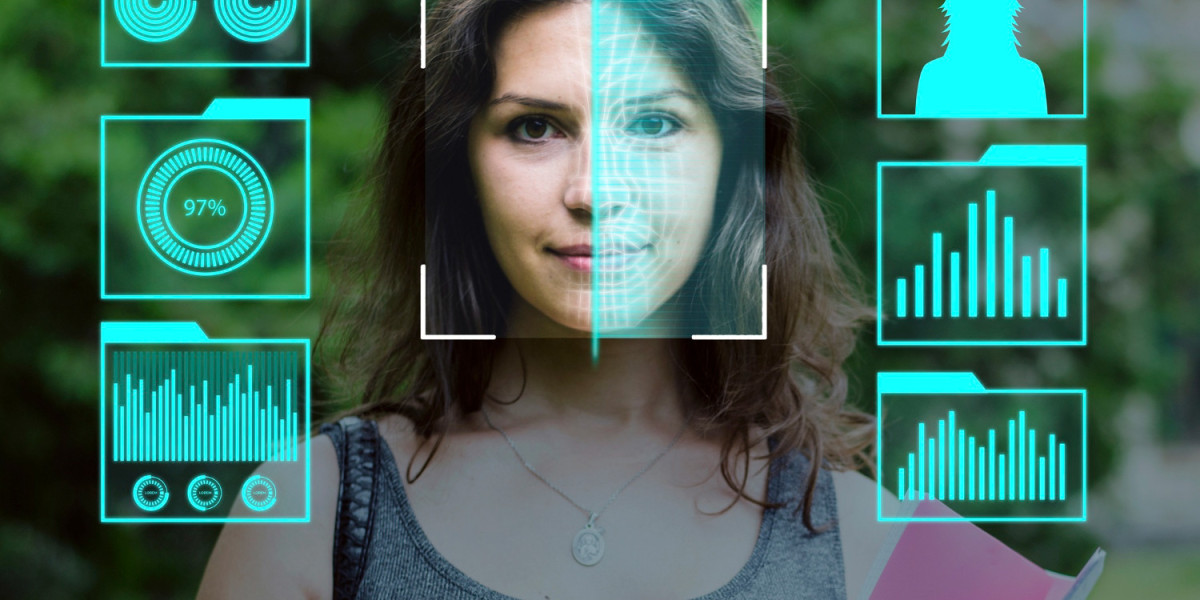The integration of advanced camera technologies into various applications has revolutionized the way we interact with the world around us. Among these advancements, MIPI cameras have emerged as a powerful tool for object scanning and recognition. These cameras are equipped with features that enhance precision and efficiency, making them an ideal choice for a wide range of industries.
Understanding MIPI Cameras
MIPI cameras, known for their high-performance and low-power consumption, are designed to interface with mobile and other embedded systems. They utilize the MIPI interface standard, which allows for efficient data transfer between the camera module and the processing unit. This makes MIPI cameras suitable for applications where size, power efficiency, and high data rates are crucial.
The Role of MIPI Cameras in Object Scanning
Enhanced Image Quality with MIPI Cameras
MIPI cameras are equipped with advanced image sensors that capture high-resolution images with exceptional clarity. This enhanced image quality is critical for object scanning applications, where precise details are necessary for accurate recognition. The ability of MIPI cameras to capture clear images even in challenging lighting conditions further enhances their utility in various environments.
Speed and Efficiency in Scanning with MIPI Cameras
One of the standout features of MIPI cameras is their high-speed data transfer capability. This allows for rapid image capture and processing, significantly reducing the time required for scanning objects. The efficient data transfer also minimizes latency, ensuring that the scanning process is smooth and uninterrupted. This speed and efficiency are particularly beneficial in industrial applications, where quick and accurate scanning is essential.
Compact and Versatile Design of MIPI Cameras
The compact design of MIPI cameras makes them ideal for integration into various devices and systems. Their small form factor allows them to be used in applications where space is limited, without compromising on performance. The versatility of MIPI cameras enables their use in a wide range of industries, from manufacturing and logistics to healthcare and retail.
MIPI Cameras in Object Recognition
Advanced Algorithms and MIPI Cameras
Object recognition involves identifying and classifying objects within an image. MIPI cameras, when combined with advanced algorithms, can accurately recognize and categorize objects. These algorithms leverage the high-quality images captured by MIPI cameras to perform detailed analysis and generate precise results. The combination of MIPI cameras and advanced recognition algorithms opens up new possibilities in automation and smart systems.
Real-Time Recognition with MIPI Cameras
The high-speed data transfer capability of MIPI cameras also plays a crucial role in real-time object recognition. By enabling rapid image processing, MIPI cameras facilitate real-time analysis and decision-making. This real-time recognition capability is vital in applications such as autonomous vehicles, robotics, and security systems, where timely and accurate identification of objects is critical.
Enhancing Accuracy and Reliability with MIPI Cameras
MIPI cameras contribute to the accuracy and reliability of object recognition systems. Their ability to capture high-resolution images with minimal distortion ensures that the recognition process is based on clear and detailed visual data. This accuracy is further enhanced by the use of sophisticated algorithms that can handle various challenges, such as varying lighting conditions and occlusions.
Applications of MIPI Cameras in Object Scanning and Recognition
Industrial Automation with MIPI Cameras
In the realm of industrial automation, MIPI cameras are used for tasks such as quality inspection, inventory management, and robotic guidance. Their high-speed scanning and recognition capabilities enable efficient and accurate monitoring of production lines, ensuring that defects are quickly identified and addressed.
Healthcare Innovations with MIPI Cameras
MIPI cameras are also making a significant impact in the healthcare industry. They are used in medical imaging devices for tasks such as tissue scanning and pathology analysis. The high-resolution images captured by MIPI cameras aid in accurate diagnosis and treatment planning, improving patient outcomes.
Retail and Customer Experience with MIPI Cameras
In retail, MIPI cameras are employed in smart shelving and checkout systems. These cameras scan and recognize products, enabling automated inventory tracking and seamless checkout experiences. By enhancing the accuracy and efficiency of these processes, MIPI cameras contribute to improved customer satisfaction and operational efficiency.
Future Prospects of MIPI Cameras in Object Scanning and Recognition
As technology continues to advance, the capabilities of MIPI cameras are expected to expand even further. Ongoing developments in image sensors, data processing, and artificial intelligence will enhance the performance of MIPI cameras, making them even more effective for object scanning and recognition. The integration of MIPI cameras with emerging technologies such as machine learning and the Internet of Things (IoT) will unlock new possibilities and drive innovation across various industries.
Embracing the Potential of MIPI Cameras
The potential of MIPI cameras in object scanning and recognition is vast and continues to grow. Their combination of high image quality, speed, compact design, and advanced algorithms makes them a valuable tool in numerous applications. By leveraging the capabilities of MIPI cameras, industries can achieve greater efficiency, accuracy, and innovation in their operations.
As we look to the future, it is clear that MIPI cameras will play a pivotal role in advancing the capabilities of object scanning and recognition technologies. Their ongoing development and integration into various systems will continue to drive progress and open up new opportunities for innovation and growth.



